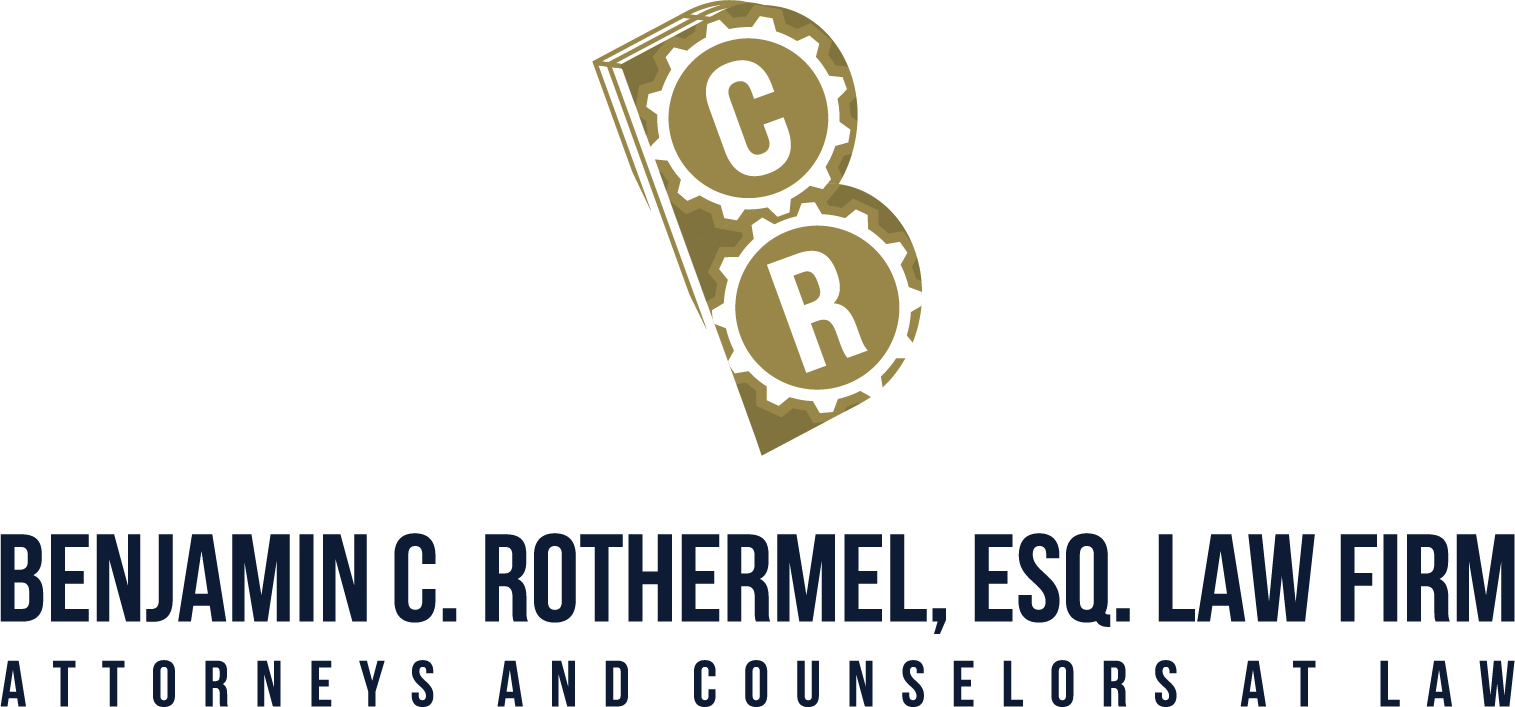After You Get a Federal Trademark: Monitoring and Enforcement (Part II)
In the last blog post, we examined the importance of trademark monitoring services. In this post, we will examine what you should do after you discover a potential infringer either through a trademark monitoring service or another source.
What is Trademark Enforcement, and Why Should You Enforce Your Mark?
Along with monitoring the Trademark Office database for problematic trademark applications, you should also enforce your mark outside of the Trademark Office. Enforcing your mark may include sending cease and desist letters, filing challenges to trademark applications as discussed in the first post in this series, and filing trademark infringement lawsuits when necessary to stop infringers from using your mark or marks that are confusingly similar to yours. Some trademark owners may be hesitant to take action when they discover potential infringement, in part because of the perceived cost. However, failure to properly police and enforce your trademark can be far more costly than the actions required to enforce your rights.
Several significant problems can arise from failure to enforce your trademark. One is the total loss of your trademark rights. If you do not enforce your rights against infringers, your brand’s distinguishing value in the marketplace may be diminished. If enough infringers are allowed to enter the market, your mark can lose the ability to identify the source of your goods and services. At that point, your mark will become legally unenforceable, and all of the resources put into developing your brand will be for naught.
Another problem that can arise from failure to enforce your trademark is called the “doctrine of laches.” This comes into play if you do not enforce against an infringer you were aware of or of which you reasonably should have been aware. If you fail to enforce your mark against an infringer for an unreasonable amount of time, laches will attach, and you will lose your ability to enforce your rights against the accused infringer. The doctrine of laches provides a significant incentive for trademark owners to monitor for infringing marks.
For example, say your business has a federal trademark registration for “Ken and Larry’s Frozen Dairy Products.” You operate two stores in Virginia and have plans for expansion over the next few years. One day, you discover that another frozen dairy product store with exactly the same name has opened in San Francisco, California. You are worried about the costs of enforcing your trademark rights and decide not to do anything based on how far away the infringer is. Five years later, your business has grown, and you are negotiating a franchise deal that would put Ken and Larry’s frozen dairy stores in every state. Unfortunately, your competitor has also grown and has stores across California and in several other western states. Because you chose not to enforce your rights in the face of known infringement, laches is likely to have attached. Thus, your trademark likely has limited, if any, value because you cannot prevent your competitor from using your name. Not every scenario will be this extreme, but the key point is that failure to enforce your rights can have unforeseen consequences for your business.
Conclusion
Trademark monitoring and enforcement are essential parts of building and maintaining the value of your business’s brand. If you would like to know more about trademark monitoring services, how to enforce your trademark rights, or have any other questions about building and maintaining valuable trademarks, please feel free to schedule your initial consultation using the link below!
Business Hours
- Mon - Fri
- -
- Sat - Sun
- Closed


Share On: